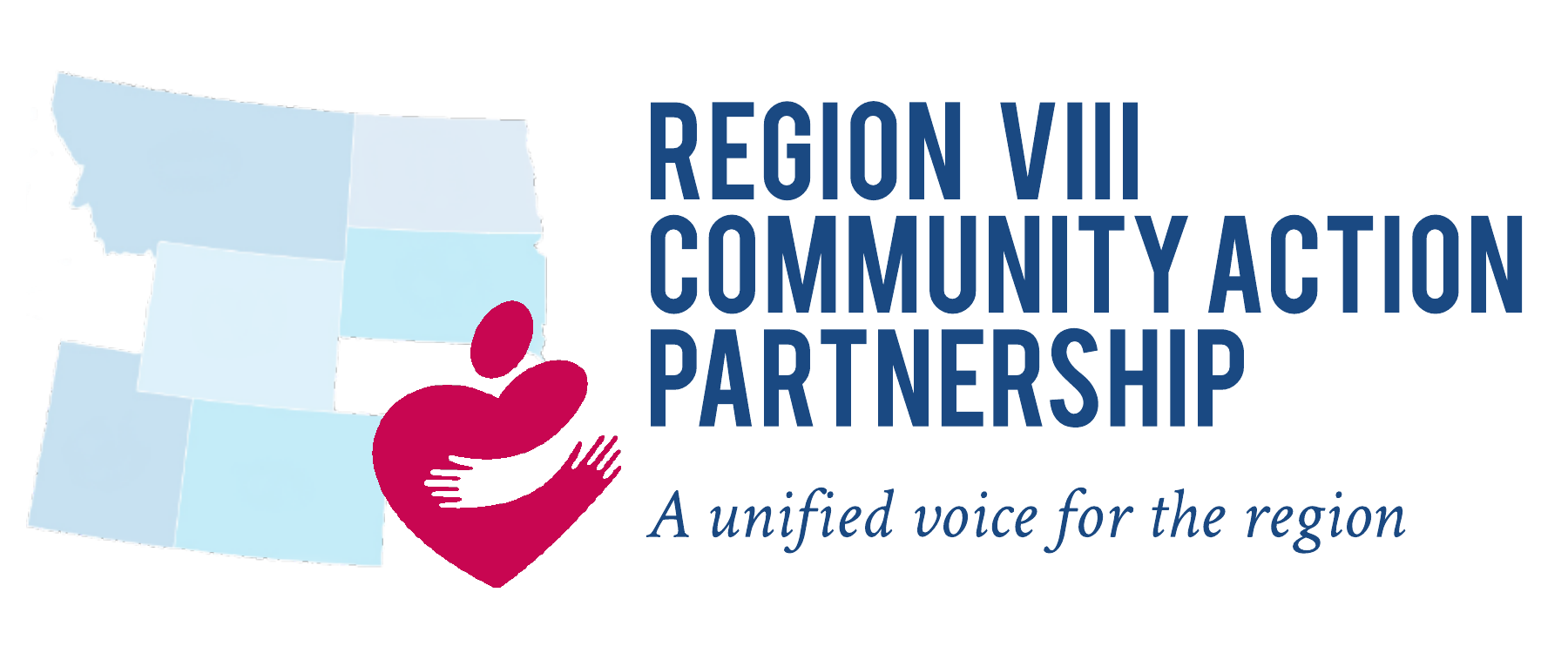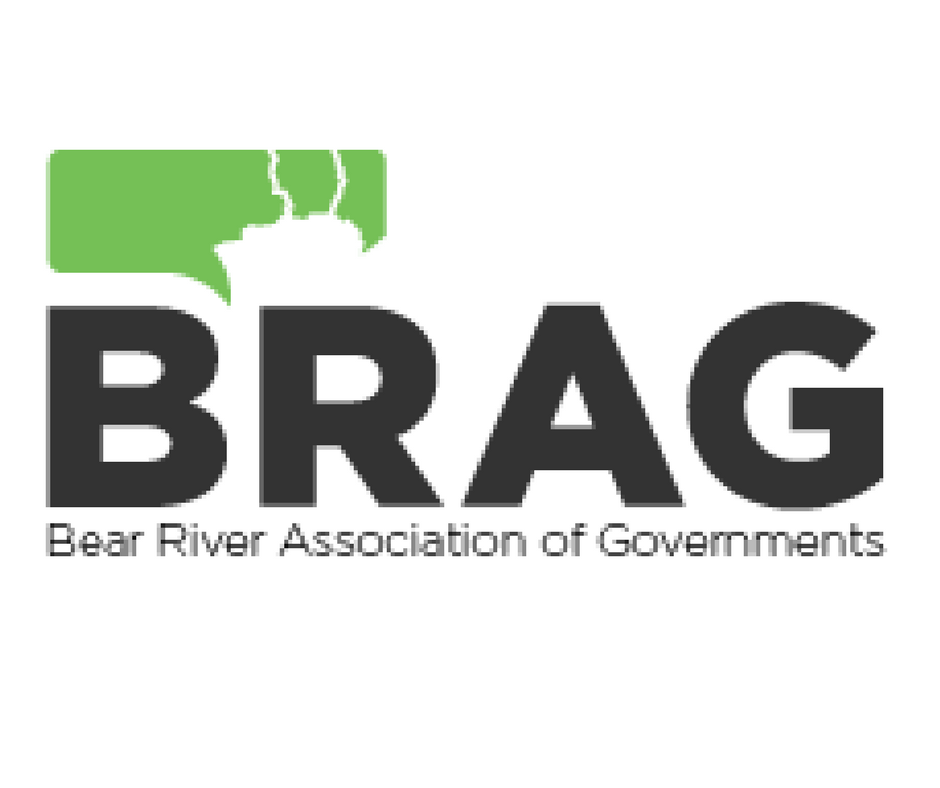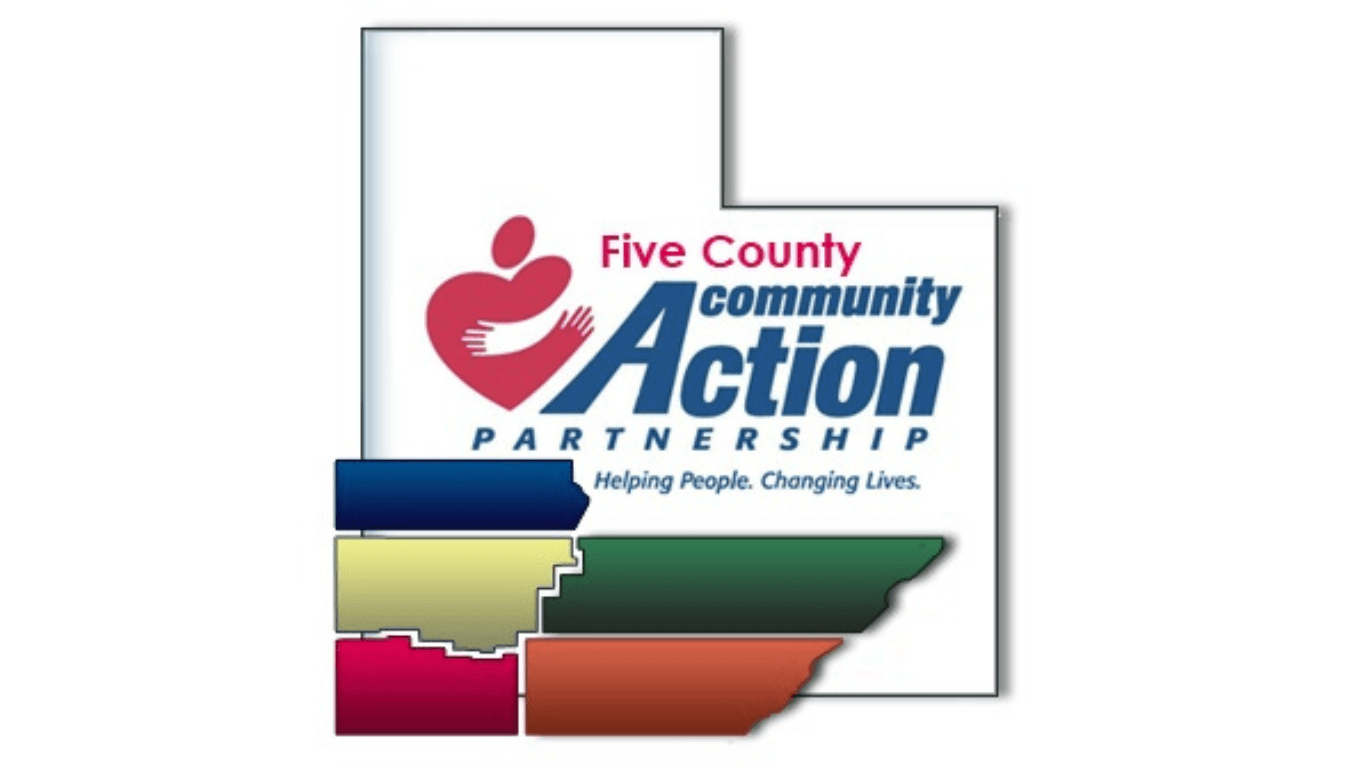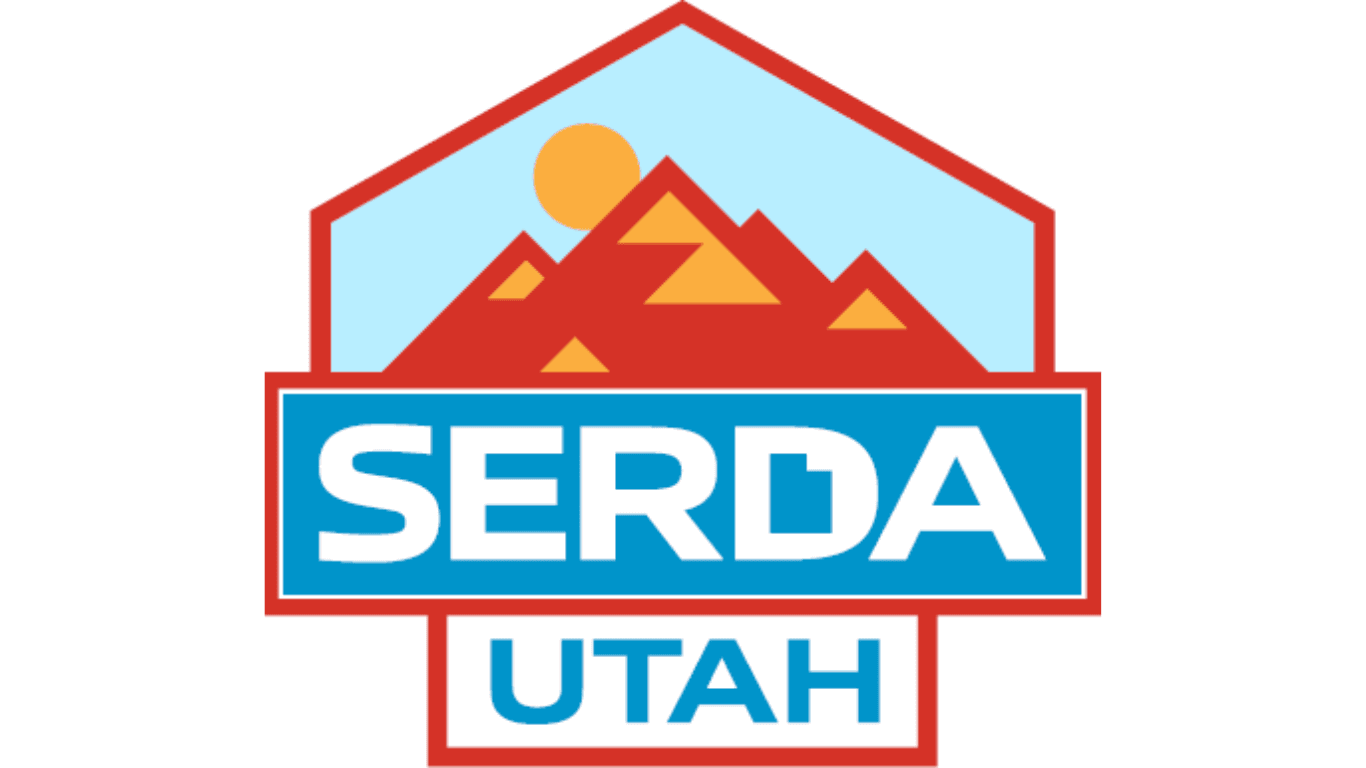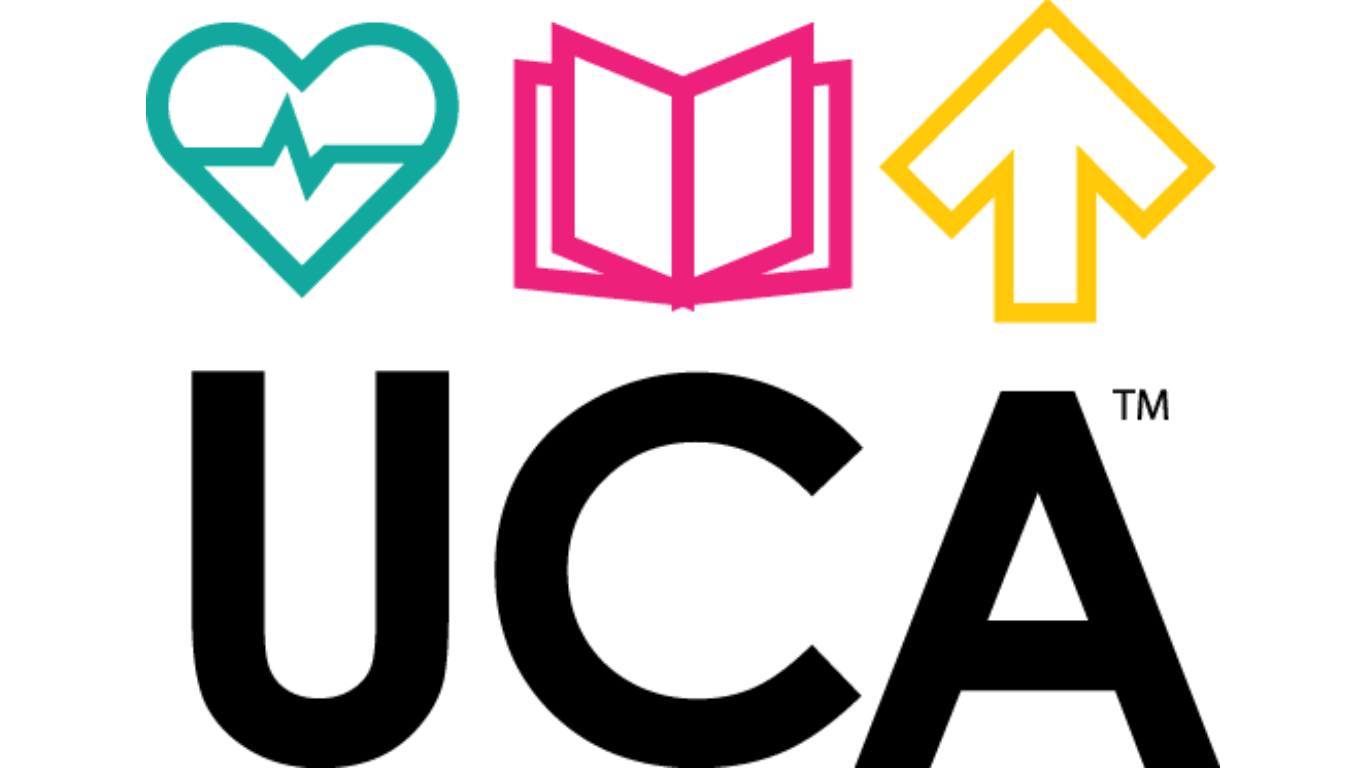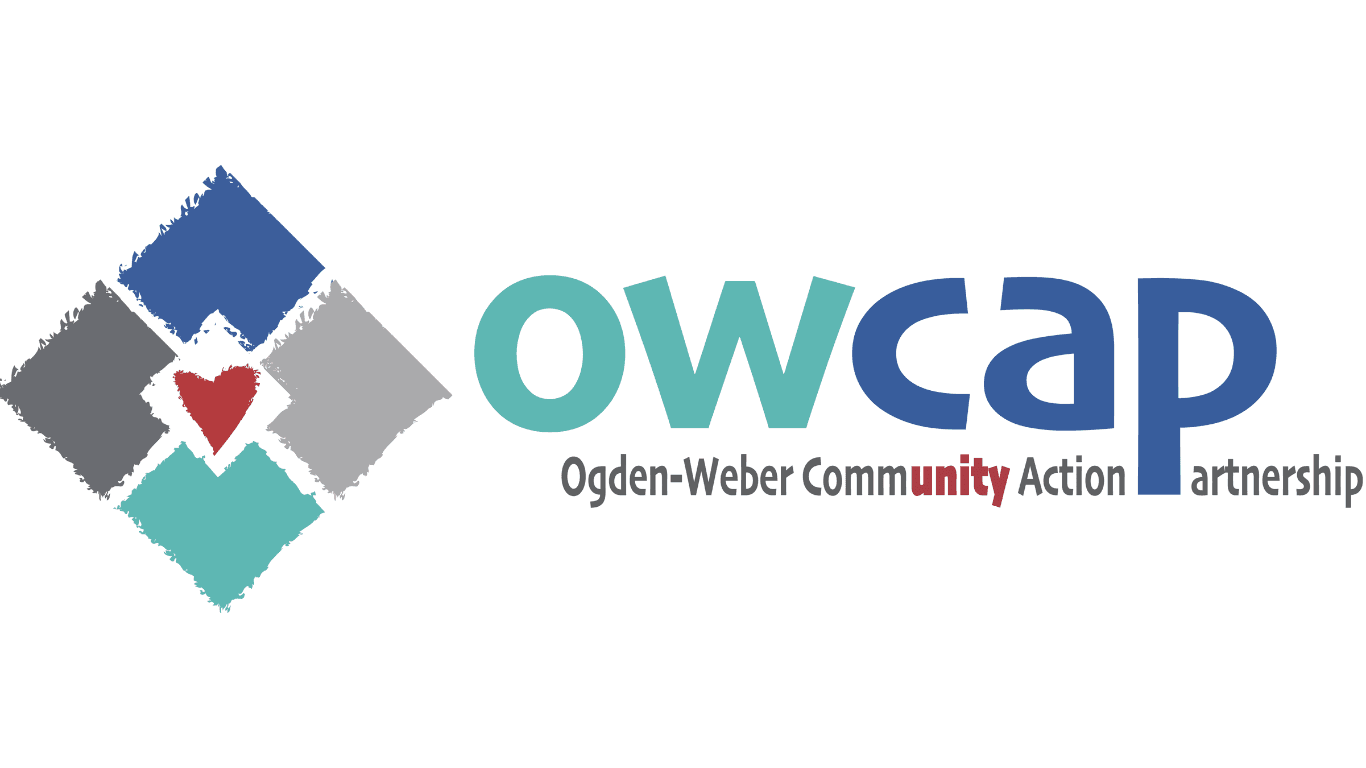Poverty in Utah
In 2019, approximately 285,330 Utahns (8.9%) lived below the poverty line ($25,750 for a family of four). That is roughly as many people as the populations of Washington, Box Elder, and Uintah counties combined. Although Utah’s poverty rate has always been below the national average, housing affordability has become a major issue, affecting how families can cope with emergencies and other day-to-day expenses.
Key Facts (Pre-Pandemic):
- The poverty rate for Seniors 65+ is 6.4%
- Utah’s child poverty rate for children 0-4 is 12.65%
- Females experience poverty at a higher rate (10.63%).
- The poverty rate in Utah for Native Americans is 27.08%, Blacks is 27.22%, and Hispanic is 24.77 (from 2015 ACSI).
- 10.7% of households are food insecure, meaning at some point during the year they had trouble providing enough food due to lack of money or resources.
- The average monthly Fair Market Rent in Utah for a two-bedroom apartment is $924. The hourly wage needed to afford that rent is $20.21 per hour, but the average renter wage is $15.66
- Someone working minimum wage would need to work 92 hours each week to afford a modest 1-bedroom rental at Fair Market Rent – an increase of 13 hours over two years!
- On a given night, there are 3,131 homeless individuals – an increase of 8% over two years. The number of unsheltered homeless individuals in 2020 was 704, increasing from 291 in 2017
- 44% of Utah renters and 23.2% of homeowners are cost burdened – meaning they spend more than 30% of income on housing and utilities.
- Utah consistently ranks as one of the worst states for the gender wage gap, with women earning 71.3 cents for every dollar of men’s median earnings
In FY 2020, Utah’s nine Community Action Agencies served 101,060 low-income individuals. More than 74% of those served were at or below the poverty level. Approximately 45% were below 50 percent federal poverty levels.
Community Action Partnership of Utah leads, strengthens, and supports the community action network by working with community stakeholders to advocate for vulnerable populations, build thriving communities, and end poverty.
Sources: Prosperity Now Scorecard, 2015-2019 American Community Survey, State of Utah Annual Report on Homelessness 2020, National Low-Income Housing Coalition Out of Reach 2021



